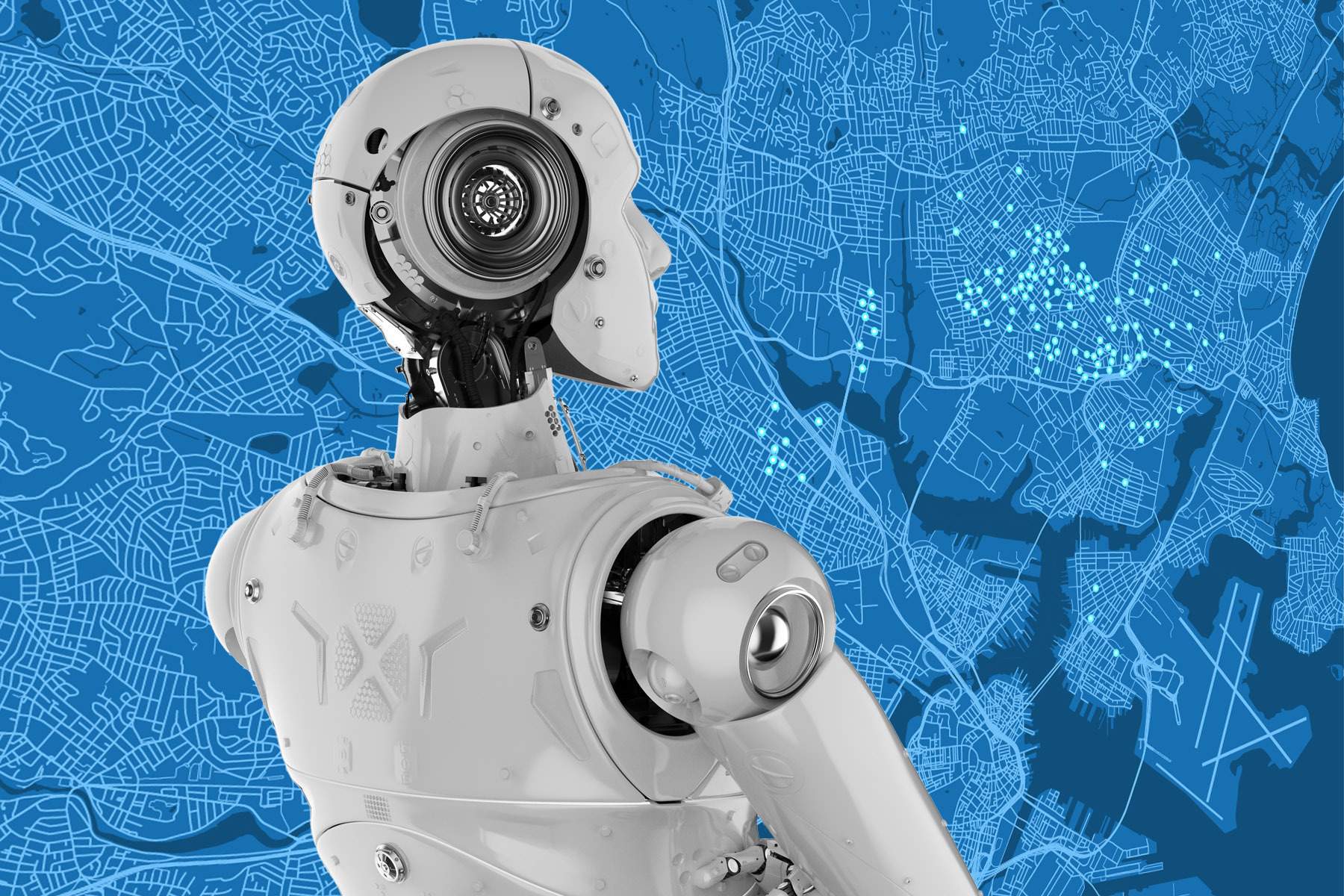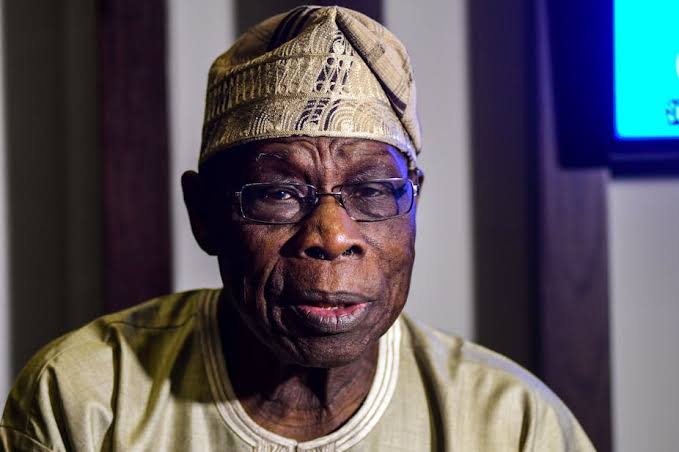AI and Politics Can Coexist

Politics tamfitronics
I’ve knocked on a lot of doors over the years. I’ve been in politics for long: as a congressional intern, a field organizer, and a political staffer in the Boston mayor’s office (the above name is a pseudonym as I’m still involved in politics). Dealing with voters directly is the “ground game” of field organizing, built on contact between campaigns and voters. Candidates, staffers, or volunteers knock on doors (canvassing), give would-be supporters a call (phone banking), or send a text reminding them to donate to a campaign or get out and vote (text banking). With 2024 promising to be a busy election year in the US—a lot of big issues and high stakes—it’s worth paying attention to these smaller connections. Volunteers and paid organizers who do the groundwork are the foot soldiers most campaigns rely on to win elections. For less prominent but important offices at the local and state or provincial levels, the ground game can be the single most important factor in determining the victor. This reality is reflected in high-profile campaigns too. In 2016, senator Ted Cruz invested heavily in the Iowa caucus, engaging in old-fashioned campaigning on the ground. He was rewarded with an unlikely win over his main rivals, including Donald Trump, the eventual nominee. And even with all the institutional advantages of his position, Trump and his campaign invested heavily in the 2024 New Hampshire primary, with a focus on the ground game.
AI is already being used in innovative ways to change the ground game ahead of the many US elections happening in 2024. Existing technologies are capable of texting, writing fundraising and political emails, and generating social media posts. In fact, most of the in-office aspects of campaign work can be done by AI, which does not require rest, food, coffee, office spaces, or mental health breaks. This means relentless, non-stop campaigning is a new possibility. There is a lot of rightful consternation about the potentially volatile introduction of generative artificial intelligence into politics. Fake audio clips, images, and videos are already making their way to political airwaves and may have dangerous real-world impacts. But the use of generative AI may very well also have the counterintuitive impact of making politics much more old fashioned. I would argue that, thanks to AI, professional politics will become increasingly human as back-office tasks become automated.
In Pennsylvania, Harrisburg city councilwoman Shamaine Daniels ran in a crowded Democratic primary for Congress. Daniels used an innovative phone-banking operation using super volunteer “Ashley,” created by the London-based start-up Civox. While she was unsuccessful in winning the election, her approach did highlight a growing use case for AI campaign tools. Far more engaging and responsive than a robo caller, AI programs like Ashley can produce a higher call volume than any human organizer can. For example, Ashley is fluent in a variety of languages and can directly reach out to voters from all kinds of communities—another way that AI’s translation abilities can help politicians build bonds with voters who may not otherwise be contacted. Language access has been seen as an area of neglect for Democrats, who are struggling with communities such as Latinos and Asian Americans. Apps like WhatsApp and WeChat, which are popular with these communities, are often flooded with misinformation that goes relatively unchecked. The lack of engagement has played to the advantage of Republicans, who have eagerly embraced the line that Democrats are socialists. As many of these communities are deeply fearful of socialism, this narrative has become a growing area of concern for the left. The ability to directly engage voters in their preferred languages has been seen as a crucial path to improving Democratic prospects.
This ability to build bridges across a variety of languages and cultures is part of a broader trend in the AI-fication of field organizing. Using publicly available information from voter rolls and social media, AI tools could create increasingly personalized appeals. The start-up Votivate is pushing such usage to its limits. Aiming to compete with NGP VAN, the industry standard app for Democratic campaigns, Votivate offers similar services—including donor management, canvassing, fundraising, event planning, and volunteer management—except the tasks will be automated. It offers tireless AI phone bankers, fundraisers, and campaign managers. In doing so, Votivate hopes to democratize politics by giving lesser-known and lesser-funded underdogs an edge over more established opponents.
But what tactics actually work? A 2018 study on campaign texting found that, on their own, direct campaign texts to voters raised voter turnout by 1 percent on average. While that’s not much, it is enough to flip a close race, and this impact was outsized amongst younger voters, who are frequently a low-impact group during elections.
Phone banking, or directly calling voters, is another tactic that has some questionable benefits, due to a very low response rate. While it is known to increase turnout only marginally, it is still worth doing, especially with the emergence of predictive dialling, which allows for database integration, call recording, real-time analytics, and improved efficiency. These tactics really become effective only when they are combined with direct canvassing. Back in the 1990s, a study found that door knocking could increase voter turnout by 8.7 percent—which could be a decisive factor in any close race. Canvassing is still a tried-and-true tactic that is standard for any serious candidate for office. Normally, this means having a series of short conversations where a canvasser delivers a stump speech, designed to quickly spread awareness about a candidate, and moves on to the next household.
In 2018, a Massachusetts ballot question on transgender rights gained attention for a campaign’s use of deep canvassing, an innovation on the tactic of direct engagement through door knocking, turning the standard on its head by instead opting for longer face-to-face conversations, with non-judgmental exchanges and active listening. The efforts were rewarded on election night, when the “Yes” campaign earned a resounding victory. Instead of memorized stump speeches and bullet points about candidate backgrounds and policies, field staffers had up to twenty-minute-long conversations, sharing personal stories and anecdotes with voters. While more time consuming and intense, this approach proved far more effective in persuading listeners to change their attitudes on even controversial issues. As the Deep Canvassing Institute demonstrates through its work, the tactic appears to work quite well for specific policy-focused goals. Down Home North Carolina, an organizing group focused on small towns and rural communities, claimed a victory in organizing for a Medicaid expansion, pressuring Republican legislators into voting for a bipartisan bill that dramatically expanded health care. In the coming 2024 cycle, it’s likely that North Carolinians will find themselves encountering more deep canvassers as the elections heat up.
So where does AI fit into this? Over the next few election cycles, we are going to see political candidates try to automate away back-office tasks that could be done from home or in the campaign’s headquarters. We’ve already established that AI can handle phone banking, text banking, emails, and social media. These are the kinds of entry-level functions that have otherwise been performed by volunteers, interns, or lower-level staffers. But beyond these roles, AI can also take on more elevated tasks, producing high-level strategy memos that could just as easily come from a political consulting firm. Votivate provided journalist Micah L. Sifry with a demonstration of their “Campaign Assistant” tool, which produced a memo for a fictional candidate, offering solid advice on fundraising and messaging that any political consultant would produce.
If you look at the hierarchy of typical political campaign roles, the most expensive ones include campaign managers, fundraisers, communications directors, or political directors. If I were a candidate for office wanting to run a lean campaign, I might choose to save money by consolidating tasks typically associated with high-paying, office-heavy jobs into “body person” roles—personal assistants who must be glued to their bosses, keeping candidates on schedule, driving them around, handling meetings and sensitive documents. As this technology improves and becomes more reliable, we may see changes in campaign hierarchies. Instead of hiring an experienced press secretary or social media director, I could have AI do media monitoring, social media posts, and press inquiries while calling and texting voters and churning out fundraising emails at the same time. With the technology still in its relative infancy, it might require some human supervision from an enthusiastic volunteer, intern, or maybe an entry-level staffer, but it could shave a lot of money off a tight campaign budget.
Perhaps traditional titles will lose their meaning or change as campaign roles become consolidated and shift away from desks. For the cost of an expensive campaign manager, I could hire multiple door-to-door canvassers to focus on direct community engagement, spending more of their time in deep conversations with voters. You would see a lot more of me too, as I would be spending more time fundraising from my Rolodex of contacts, pitching interviews to journalists, canvassing, and hosting rallies, events, and fundraisers.
Bustling campaign offices with non-stop phone calls and cigar-chomping political operators staring at maps could become a thing of the past as bots cut turfs and identify battleground areas through real-time data analytics. AI-generated individualized media, produced with personal information, could proliferate on social media feeds, texts, and phone calls. Maybe campaigns will invest entirely in this new technology, forgoing old-fashioned canvassing, which might be seen as slower and less efficient. But there’s an opportunity here for campaigns using AI to also shift back to the streets, intensively targeting voters at their doors while their phones and screens are bombarded, using bots, with calls and texts directly tailored to them. Campaigns could become more automated and more human at the same time. Voters may find themselves having more earnest heart-to-heart conversations with canvassers as elections draw closer. Organizers trained in deep canvassing techniques may be empowered. And, hopefully, this could bring temperatures down and enable a much more empathetic style of politics.
Discover more from Tamfis Nigeria Lmited
Subscribe to get the latest posts sent to your email.



 Hot Deals
Hot Deals Shopfinish
Shopfinish Shop
Shop Appliances
Appliances Babies & Kids
Babies & Kids Best Selling
Best Selling Books
Books Consumer Electronics
Consumer Electronics Furniture
Furniture Home & Kitchen
Home & Kitchen Jewelry
Jewelry Luxury & Beauty
Luxury & Beauty Shoes
Shoes Training & Certifications
Training & Certifications Wears & Clothings
Wears & Clothings















